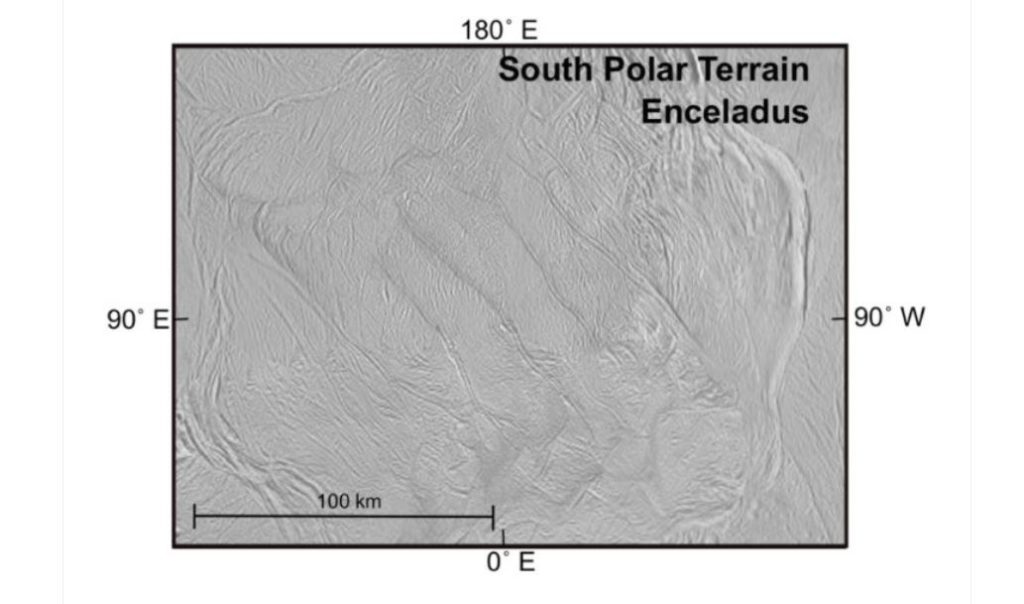
Searching for life on other celestial bodies, or at the very least the necessary components to support it, has been fascinating scientists and enthusiasts for centuries. While planets are the obvious choice, their moons can also harbor the chemical ingredients for life.
Saturn is orbited by 146 moons, with Enceladus being the sixth largest at approximately 500km in diameter. This small, icy moon is characterized by its highly reflective white surface and geyser-like jets releasing ice and water vapor hundreds of kilometers into space from its south pole.
NASA’s Cassini spacecraft identified these jets in 2005, before going on to sample them in 2008, 2009 and 2015...
Read More







Recent Comments